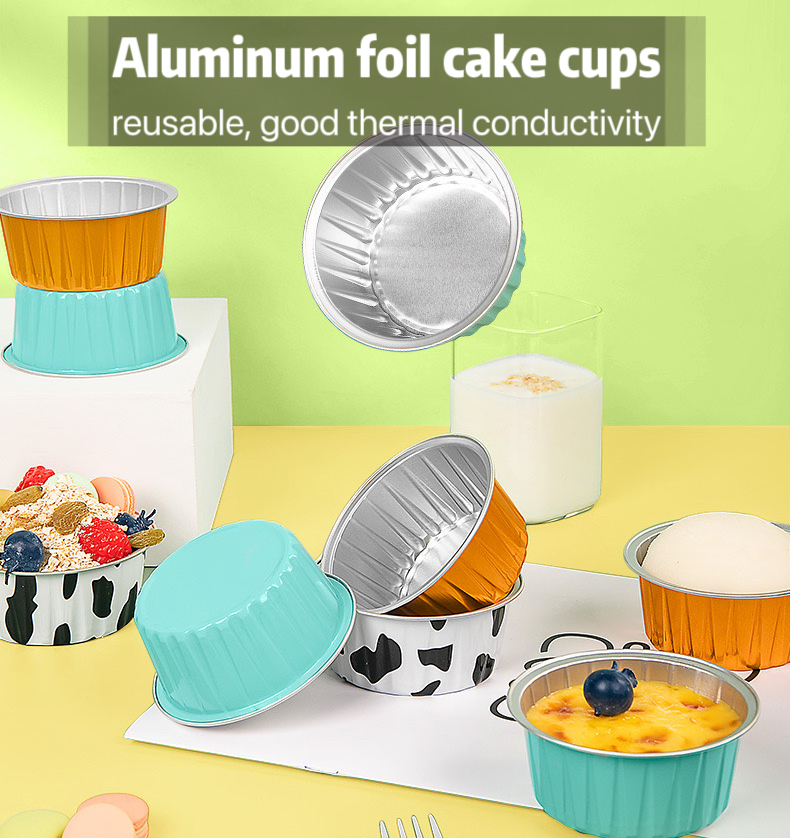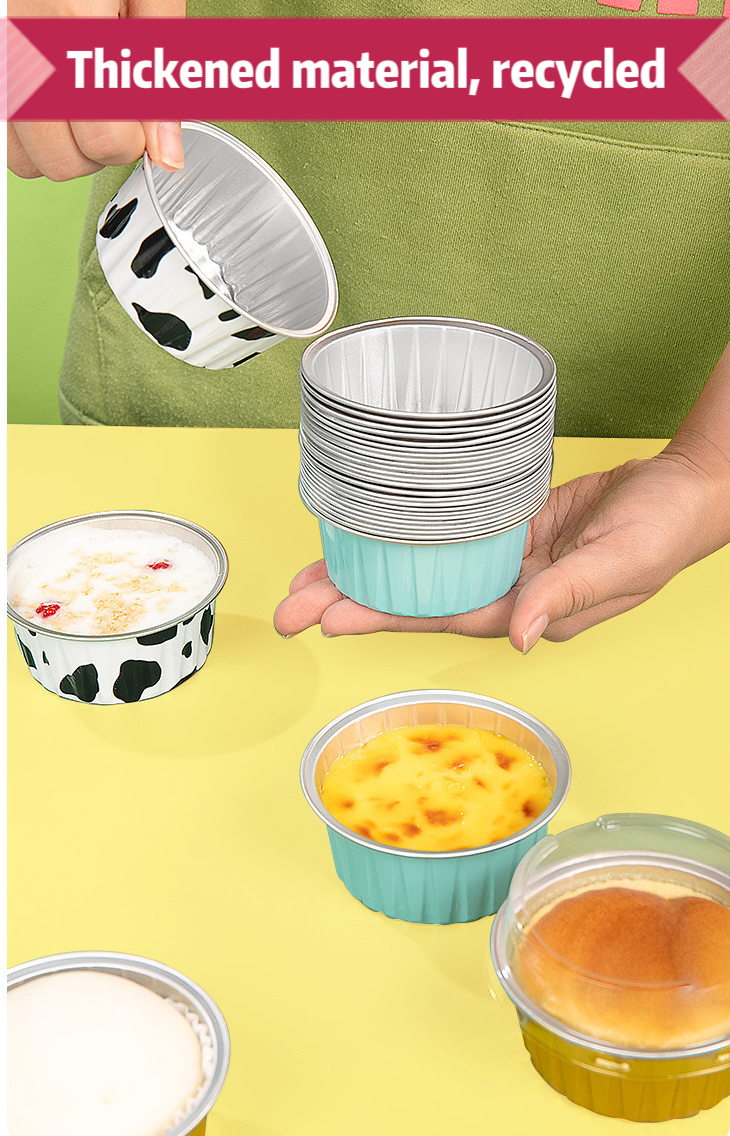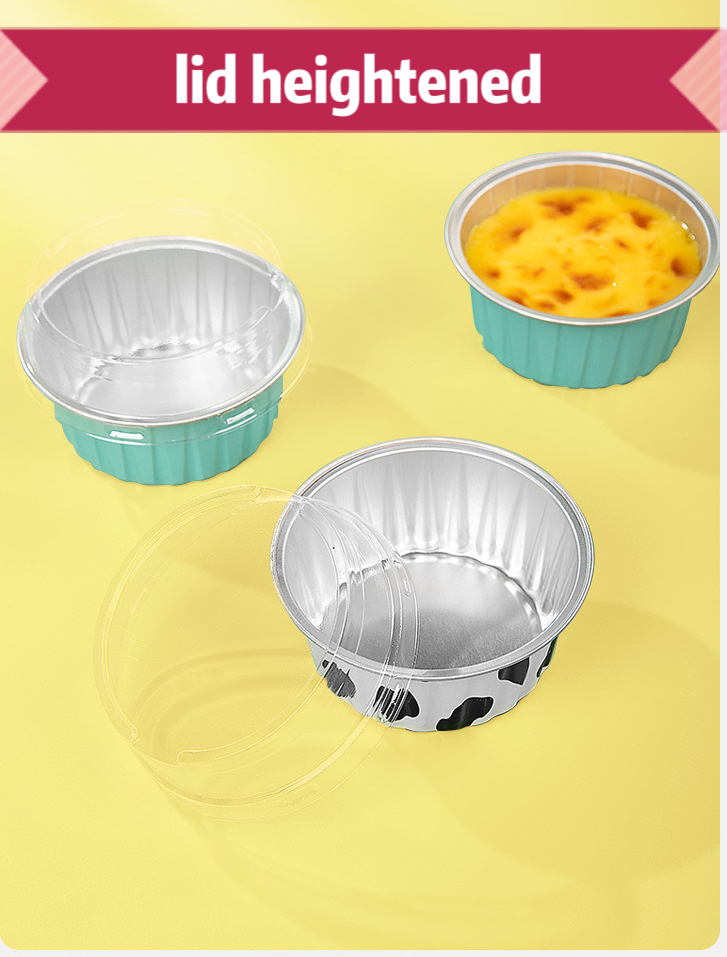1 Introduction
Due to its unique structure, polyurethane coatings give processing products outstanding strength, flexibility, wear resistance, moisture permeability, low temperature resistance, etc.; and are widely used in the coatings industry, tanning industry, textile industry, construction industry and other fields; but PU Most of the paint is solvent-based. With the continuous improvement of people’s awareness of environmental protection, the related laws and regulations concerning labor protection, safety, fire protection, and environmental protection have been increasingly perfected. In addition, the price of organic solvents has skyrocketed. Therefore, the replacement of solvent-based PUs with water-based PUs becomes inevitable; Emulsion is insufficient in terms of stability, self-thickening, solid content, application range, and gloss retention of the film, while PUA compound emulsion is inexpensive, safe, non-flammable, non-toxic; not only toughness, abrasion resistance, water resistance, resistance Good chemical properties; stability, self-thickening, solids content, application range, and good gloss retention. Therefore, PA emulsion and PU emulsion have a certain complementary function in nature, so the production of PUA composite emulsion becomes an inevitable trend.
2.The production and development of PU coating
In foreign countries, based on the isocyanate chemistry developed by OttoBayer et al. in 1948, linear polyurethanes and polyureas were prepared by reacting diisocyanate with ethylene glycol and diamines, respectively. In 1955, an adduct of toluene diisocyanate (TDI) and trimethylolpropane (TMP) was prepared (DESMODURL). In 1961, bis-urea diisocyanate (HDI) was produced. Based on this, various PU coatings with excellent properties can be formulated. In recent years, foreign PU coatings can be widely used because of the excellent performance of PU coatings and the development of the paint industry "three premise" (resources, energy, pollution-free) and "four E principles" (ECONOMY economy, efficiency EFFICIENCY, ecological ECOLOGY Energy ENERGY) is compatible with the ever-increasing requirements of the times. It is estimated that overseas polyurethane coatings will gain further development in the 1990s and have achieved many results.
The development of China's PU coatings began in 1956 with the successful manufacture of toluene diisocyanate (TDI) for the first time at the Dalian Dyestuffs Factory. An experimental study of PU coatings was carried out and the trial production of PU coatings was carried out in 1958, but it was not until 1956 in Tianjin. Shanghai and other places have only a small amount of commercial paint production. In the 1980s, after the implementation of reform and opening up, the exchange of technology at home and abroad increased day by day, and the production process and construction technology of PU coatings advanced progressively, ushering in a new era of flourishing development of PU coatings in China in the 1990s. However, due to its poor stability, self-thickening, solid content, and gloss retention, PU coatings have certain limitations.
3. The production and development of PA coatings
In 1927, Rohm Hass of Germany started the industrial production of acrylates. After 1931, Britain and the United States gradually developed the industrial production of methacrylates to produce organic glass. In the early 1950s, DoPont of the United States began to study polyacrylate coatings and applied them to automotive coatings. After several years of application and development, the outstanding properties of acrylate coatings have gradually gained attention in the mid to late 1950s.
China's research on acrylic coatings was relatively late. In the 1950s, it was developed by the Coating Industry Research Institute of the Ministry of Chemical Industry and individual units in Beijing, Tianjin, and households. It is mainly used for aircraft painting. In the 60's and 70's, acrylic resin coatings had further development. Successively developed several kinds of conventional resin coatings modified by acrylic acid, such as acrylic modified vinyl perchlorate, nitrocellulose, alkyd resin, etc. Industrial application has been achieved. From the 1980s to the present, due to the annual output of 38,000 tons of Beijing Dongfang Chemical Plant and the production of 4 million tons of acrylic monomers by Jilin Chemical Industry Co., Ltd., the production of the acrylic coating industry was greatly accelerated. However, due to the poor toughness, abrasion resistance, water resistance, and chemical resistance of PA coatings, their development has certain limitations.
4.1 Production and Development of Waterborne PU Coatings
The waterborne PU coating was invented in 1943 and first industrialized in 1967. In 1972, Bayer Company of Germany took the lead in developing the imprainil series of PU water emulsion used as leather coating decoration agent.
For decades, Europe, the United States and Japan have attached great importance to the research and development of water-based PUs. Nowadays, there are many types of water-based PU products that have been successfully used in textiles, printing and dyeing, leather processing, textile coating, coatings, adhesives, and wood. Processing construction, papermaking, rubber and elastic fibers, elastomers and other fields. In particular, in recent years, the global demand for environmental protection has become higher and higher. At the same time, economic savings have also been considered. The traditional solvent-based PU system has been severely challenged, and its application has been decreasing year by year. Replacing solvent-based PU with waterborne PU will become a 4. Generation and development of third-generation waterborne PU-PUA coatings. Compared with foreign countries, the development of domestic waterborne PUs is relatively backward, and it is still in trial production and small batch production stage. According to incomplete statistics, there are only 40 scientific research and production units for water-based PUs in China, of which about 20 production units have a total annual production of more than 10,000 tons. The vast majority of production of leather finishes. There are few kinds of waterborne PU products produced in China, and the performance quality is poor. Compared with foreign products of the same type, there is a large gap between them. As a result, many industries rely on imports for a long time. Therefore, in accordance with the national conditions, research and development of high-quality water-based PU products, to replace imported products, to meet the relevant domestic The urgent requirements of the industry are of great significance.
4.2. Generation and Development of Waterborne PUA Coatings [7-8]
Polyurethane (PU) emulsions and polyacrylate (PA) emulsions are inexpensive, safe, non-flammable, non-toxic and environmentally friendly compared to their solvent-based counterparts. They are therefore used in paints, adhesives, leathers and fabrics. Layers are widely used. However, the problems with pure PA emulsions are: toughness, abrasion resistance, water resistance, and chemical resistance are poor; and the problems with a single PU emulsion are: stability, self-thickening, solid content, application range, film Poor light retention. PU and PA have a certain complementary function in nature, PUA composite emulsion can overcome the shortcomings of PU and PA emulsion, exert their respective advantages, and make the performance of emulsion and film significantly improved.
Undoubtedly, the advantages of PU coating are obvious, but its price is high and its application is limited. Therefore, at home and abroad, we are committed to the research of water-based PU-PA modified resins to reduce the cost, and now have achieved results, and overseas products have come out. PU-PA modified resin will fuse the best properties of the two materials to overcome the shortcomings of PU and PA. The coating is soft, resistant to folding, resistant to bending, good printing effect, weather resistance and hydrolysis resistance. PU-PA composite aqueous dispersion technology is a new achievement in material research in the world today, and represents a new trend in the development of PU.
In the past ten years, foreign countries have conducted more research on PUA composite emulsions, such as the United States, Germany, Japan, etc. PUA composite emulsions used in coatings, fabric finishing agents, etc. have been reported, but only a few in recent years in China. Researchers conducted exploratory experiments to prepare PUA composite emulsions, such as Anhui University, Liming Chemical Institute, Jiangsu Institute of Chemical Industry, Yantai Chemical Research Institute, Henan Chemical Research Institute, University of Shanghai for Science and Technology, etc., but PUA complex emulsion commercialization, At present, there is no report in China. Because of its excellent performance, PUA compound emulsion is known as the third generation of waterborne PU.
4.3. Characteristics and Synthetic Methods of Waterborne PUA Coatings
PUA compound milking combines the advantages of PU and PA. It has the characteristics of wear resistance, corrosion resistance, lightness, softness, elasticity, water resistance, good mechanical and mechanical properties, good weather resistance, etc. Therefore, PUA composite emulsion research has become the coating of today. Development trend. PUA composite emulsion preparation methods are the following: 1 PU emulsion and PA emulsion blending cross-linking method; 2 synthesis of unsaturated urethane monomer with double bonds and acrylate copolymerization method; 3 PU emulsion as a seed of the composite emulsion polymerization law.
Among them, the composite emulsion polymerization method first prepares a PU containing a hydrophilic group, disperses it in water as a seed, and then performs an emulsion composite polymerization with an acrylate to obtain a core/shell PUA latex, or a diene monomer. Interpenetrating polymer network (IPN) latex. The method can be divided into: solvent-based PU seed; direct use of acrylate monomer as solvent to make PU; solvent-free water extended chain to make PU; the obtained PU contains hydrophilic groups, and can be self-emulsified as seeds and further used as acrylic acid esters. The monomers are subjected to emulsion complex polymerization. This is a more popular method at present.
4.4. Application of IPN Technology in PUA Coatings
After the acrylic polyurethane coating agent is coated on the surface of the object, the hydroxyl group of the acrylic component reacts with the isocyanate component of the polyisocyanate component to form a film, and is a conversion coating. It has both acrylic and poly. The advantages of two kinds of ammonia-based finishing agents are corrosion resistance, abrasion resistance, and strong adhesion. Finishing agents made from aliphatic polyisocyanates as raw materials also have excellent weatherability, but currently aliphatic polyisocyanates. All the acids are imported, and the price is high. The coatings prepared with domestic aromatic polyisocyanates have poor weatherability and yellow after exposure of the coating. In order to reduce the cost of external acrylic acrylic coating, we use IPN technology. Some aromatic polyisocyanate is introduced into the coating to replace the aliphatic polyisocyanate, and the amount of the latter is reduced under the precondition of ensuring the weatherability of the coating agent.
IPN (interpenetrating polymer network) is an intermixed system composed of two or more cross-linked cross-linked polymers. As the main means of polymer blending and compounding, it can be considered as a chemical method to achieve polymerization. A new method for the physical blending of materials, if the two networks with similar chemical structures are synthesized by the synchronous method, and the forced co-occurrence produced by the two networks interpenetrating, the compatibility of the system will be expected to be greater. The improvement is morphologically characterized by a continuous phase structure, and the weatherability problems caused by the introduced aromatic isocyanate can also be solved.
The PU/PAIPN prepared by cross-linking acrylic resin cured by cross-linked acrylic phthalate and hexamethylene diisocyanate prepared with caprolactone as the chain extender has excellent weather resistance and solvent resistance. And adhesion, used as automotive finishes and furniture coatings, have a better decorative effect.
5. Conclusion
In summary, the development of polyurethane coatings from solvent-based to water-based PU to third-generation water-based PU-PUA composite emulsions fully demonstrates the vitality of PU coatings; now waterborne PUs are found in the coatings industry, the tanning industry, and the printing industry. In the construction industry, textile industry and other fields, there are reasons to believe that, with the development of society, environmental and industrial production requirements, water-based PU products will certainly occupy a place in China's chemical industry.
Aluminum Foil Container is a versatile and convenient solution for food
packaging and storage. It is made from high-quality aluminum foil
material, which is lightweight, durable, and resistant to heat and cold.
The container is designed with a secure lid that helps to keep the food
fresh and prevents any leakage or spillage. It is suitable for both hot
and cold food items, making it ideal for takeaways, restaurants, and
catering services.
The aluminum foil container is available in various sizes and shapes to
accommodate different food portions and types. It can be used for
packaging a wide range of food items, including meals, snacks, desserts,
and leftovers. 


Aluminum Foil Container,Disposible Aluminum Foil Tableware,Aluminum Foil Container For Airline,Aluminium Foil Pan For Bakery
walson groupe , https://www.hagarbagebag.com